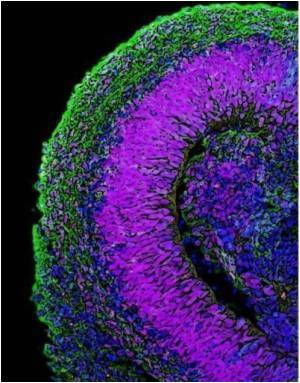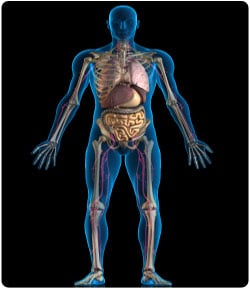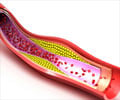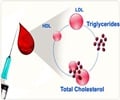
Chemists at the University of Illinois and collaborators in Taiwan studied a type of enzyme found in humans, plants, fungi, parasites, and many bacteria that begins the synthesis of triterpenes — one of the most abundant and most ancient classes of molecules. Triterpenes are precursors to steroids such as cholesterol.
“These enzymes are important drug targets,” said chemistry professor Eric Oldfield, who co-led the study. “Blocking their activity can lead to new cholesterol-lowering drugs, antibiotics that cure staph infections, and drugs that target the parasites that cause tropical maladies such as Chagas disease — a leading cause of sudden death in Latin America.”
For the study, the team picked a representative enzyme, dehydrosqualene synthase (CrtM), from the Staphylococcus aureus bacterium. Staph is one of the most common, yet notoriously hard to kill, bacterial infections. A key reason for staph’s resilience is a golden-colored coating called staphyloxanthin that protects it from the body’s immune system. CrtM catalyzes the first reaction in making staphyloxanthin, so inhibiting it would strip the bacteria of their protective coats and leave them vulnerable to attack by white blood cells.
The researchers already knew what CrtM looked like and its end product, but they didn’t know how the enzyme did its job. Uncovering the mechanism of action would enable scientists to design better inhibitors, and even tailor them to other targets.
The team crystallized the enzyme and soaked it with intermediates and inhibitors. They then studied the complex structures by X-ray crystallography using the synchrotron at the Advanced Photon Source at Argonne National Laboratory.
Advertisement
“The leads that people have been developing for treating these diseases really haven’t had any structural basis,” said Oldfield, also a professor of biophysics. “But now that we can see how the protein works, we’re in a much better position to design molecules that will be much more effective against staph infections and parasitic diseases, and potentially, in cholesterol-lowering.”
Advertisement
The team published its work in the Proceedings of the National Academy of Sciences. The work was sponsored by the National Institutes of Health and the National Science Council.
Source-Medindia













